I have lived a lot of years and trained a few horses, but none are more fascinating than the wild horses from the park. They are essentially blank slates with very little, if any, close up experience with humans. Oh, they've seen us in the park and had the unpleasant experience of being pushed though chutes, sales rings, trailers, and pens, so they have had some good and not so good experience with us, but horses are generally very forgiving and oh, so curious.
We've found that a year in the life of one of these horses makes a lot of difference. Most of us who have weanlings are petting them and getting them to trust us. Some owners report having their babies halter broken already. A lot depends on the temperament of the individual and the amount of time one is able to spend with the little newcomer.
A weanling is always very curious, but also frightened of these two legged predators who have captured him and seemed bent on putting their paws on him. Working a baby is much different from working an older horse. One does not want to push him very fast or very long, as he can injure his delicate legs. I recommend John Lyons' book, Bringing Up Baby. It gives step-by-step lessons for training a foal in it's first year without injury to either the foal or the handler.
Our little Hail has been a joy to work with. He was, at first, very frightened, but careful, patient work in the round pen soon paid off. First teaching him that I was dominant yet trustworthy, I was able to get him to walk, turn, stop, face me, and eventually let me touch him. At first it was less frightening to touch with a training stick, but that led to being able to scratch and pet him with a hand. He now lets me touch him all over from both sides. It is very important to train both sides. Little Hail now comes to me for his scratches, as he has learned that the two legs can be pretty good friends. Recently, I was working with Griggs, the other weanling we are keeping; I had put Hail in a smaller round pen to wait his turn to "play." It soon became clear to me that Hail wasn't being so patient for his scratching. He was running around the little pen bucking and kicking alternately with pawing at the fence between us and trying to stick his head through it. Once I let Griggs out of the big pen and opened the gate to Hail's pen, he went right in and waited for his scratches!
As much fun as the little guys are, they do not compare with the older ones. Hawk, our yearling, has taught me so much in the few weeks we have had him. I feel so privileged to have this exquisite wild creature in my barnyard. I literally can't wait to get to work with him every day and I think he is beginning the enjoy our sessions as much as I do.
The extra year in his life had made him more convinced that this predator was out to get him. At first he jumped and ran to the other side of the pen every time he saw us or heard our footsteps in the gravel. The first couple weeks were spent just getting him used to having people around him. We would sit near his pen and near his feed, walk around on the outside of the pen, and finally clean it with him in it.
He was so frightened of me every time I walked into the pen that I had to try something else. My friend had said to put a gentle horse in with him so that he could take his cues from that horse. I tried working a gentle horse in the same pen, but that really freaked him out, so I had to think of some better plan that would help him relax. Finally, I hopped on my big, gentle dressage horse with no saddle or bridle and road him around in the round pen with Hawk. Maestro was so relaxed that Hawk soon accepted him and me on his back. I was able to work the youngster around the pen, pushing him when he ran from us and stopping and taking the pressure off him when he stopped. The pen was a little too small to get him to face us, so I just took advantage of the stopping and standing. I used the training stick to get him used to having me moving around on the other horse. Before long, I was able to swing the stick around, up and down and slap it's string against the ground and the rails. With rhythmic movements, I could make it approach and retreat from him until I could finally touch him and scratch him with it. Maestro's ability to side pass made it easy to slide up to Hawk without frightening him. Within a week of taking Maestro into the pen, I was able to go through the ritual of moving him, stopping him, snapping the whip around, touching him with it and ending with scratching him with my hand. A couple weeks of this along with cleaning his pen twice a day helped Hawk adjust to having me closer to him, so it was time to try it on foot again.
The minute I would walk into his pen without the wheel barrow, he would began to circle the pen with his head in the air. That was good, because one of the first things I wanted to teach him was that I could make him move his feet. He soon learned that I could move his feet at any speed, in any direction. I had to speak his language to get him to understand what I wanted him to do. As I learned his response to body language, he learned what I was asking of him. I could just lift an hand to make him move, walking in a small circle with him, focusing my energy on his hip. Stopping my energy while stepping back a bit would stop him. Pointing in the other direction would send him off again in that direction. When I rewarded him each time he turned to the inside by turning away from him, he learned that I wanted him to face me.
That was when the dance became even more fun. He learned that he was to face me wherever I went in his pen. If I stared at his hind feet from one side, he would move them to the other. Soon by moving his hind feet I could get him to move his front feet. Taking a step forward earned him a big reward of having me turn away, taking all the pressure off of him. The closer he got to me, the more curious he became. Touching the end of the training stick was a huge step for him. I always made sure to stop the lesson on a positive note when he had made a move to trust and before he lost his confidence.
In the dance, it is so very important to know when to step forward and when to step back. One must know ones partner and what he is thinking in order to step back, taking the pressure off just before he wants to run. Rhythm in the approach and retreat builds the horse's confidence as he begins to sense the predictable nature of the dance. Moving, stopping, turning, coming forward, backing up, touch, release, reward, these were the things Hawk already knew from his band in the wild and he was learning that I could be his leader in his new world.
Now he too looks forward to his "play" in the round pen. He readily leaves his little buddies and goes to the round pen, immediately interested in what will happen this time. I move him around to establish the fact that I am leading this dance. I invite him in and he acknowledges me by touching my hand. I remove the hand before he removes his nose and rhythmically stroke his shoulders with the training stick. I stop. He bobs his head as if to say, "I like this dance; let's do it again." We repeat the dance getting closer and closer until I can brush him with my hand. then I walk away before he does. He comes again, forward and back, in and out, all the while we look into one another's eyes. I wonder at the sun shining through his blue eye and the softness and vulnerability I see in his brown one; he looks to me hoping he can trust me, but still not sure, so the dance continues. I hope it never ends.
Subscribe to:
Post Comments (Atom)


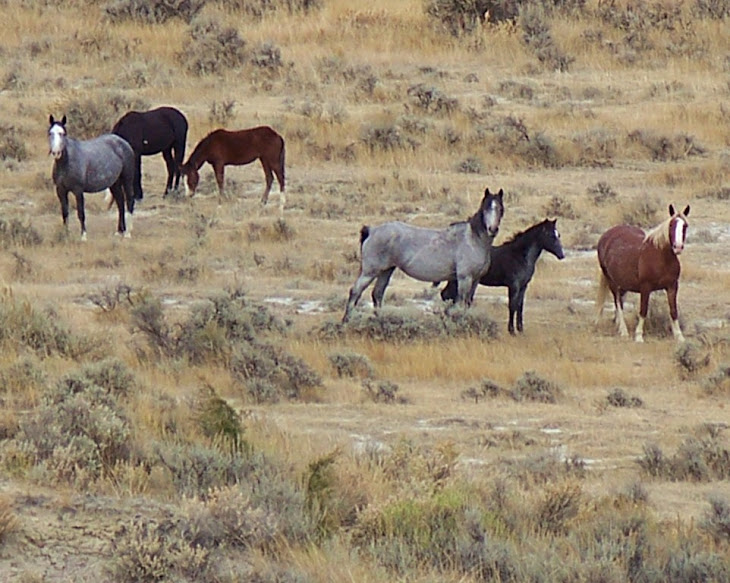
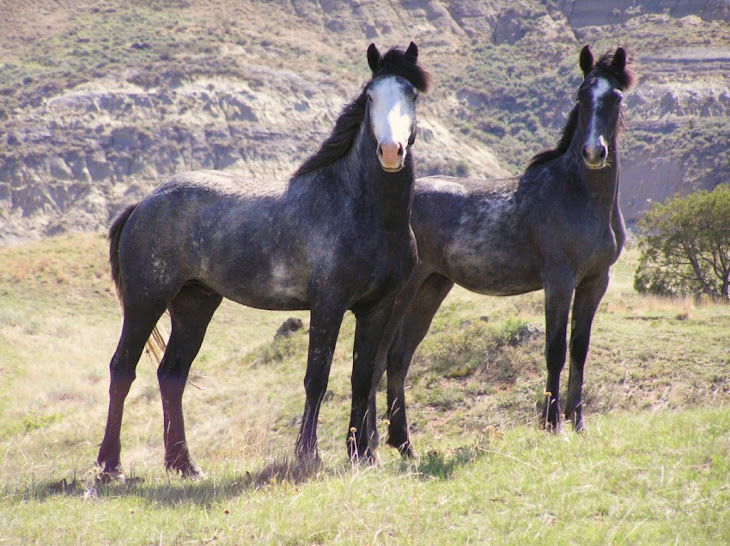









































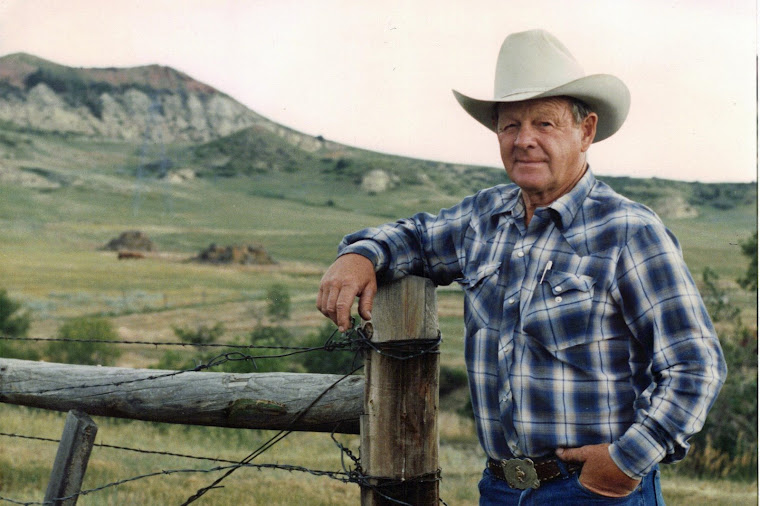
























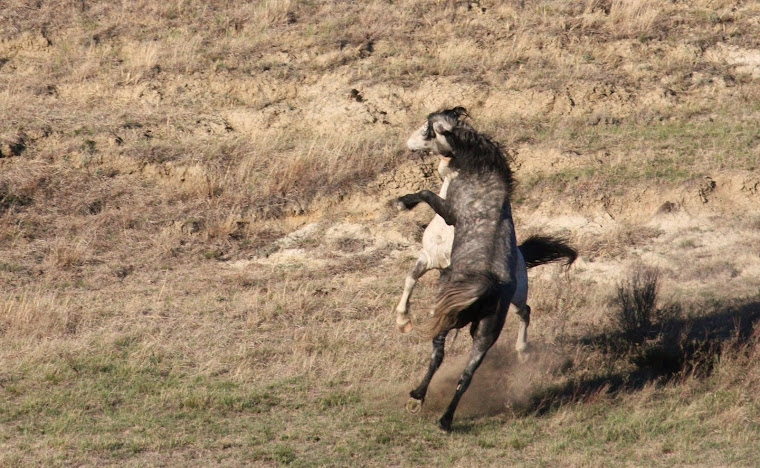













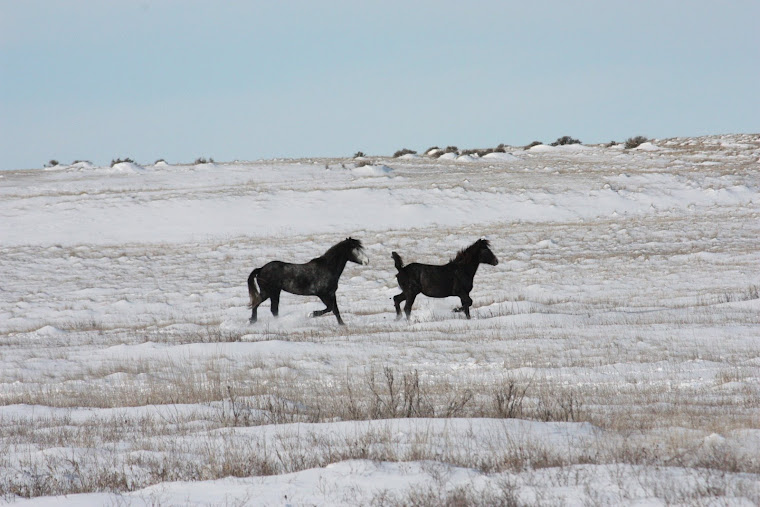
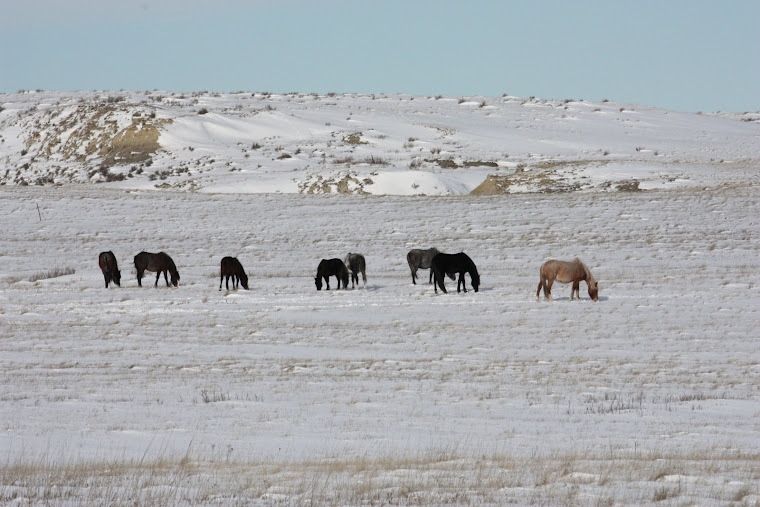
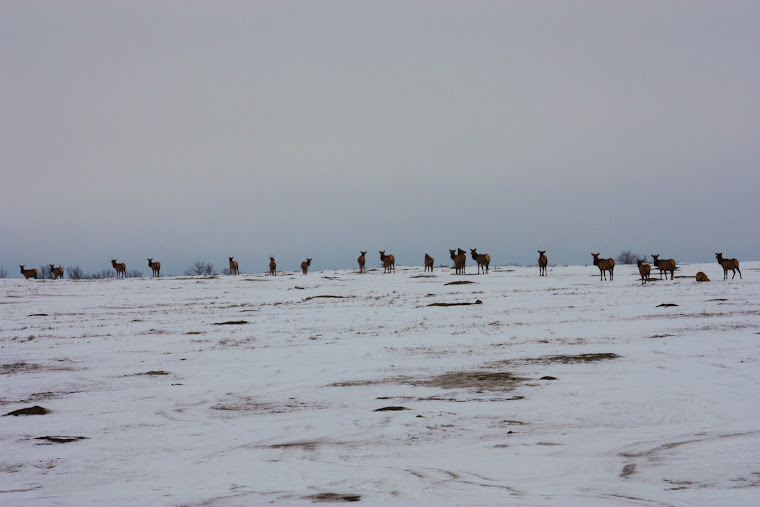
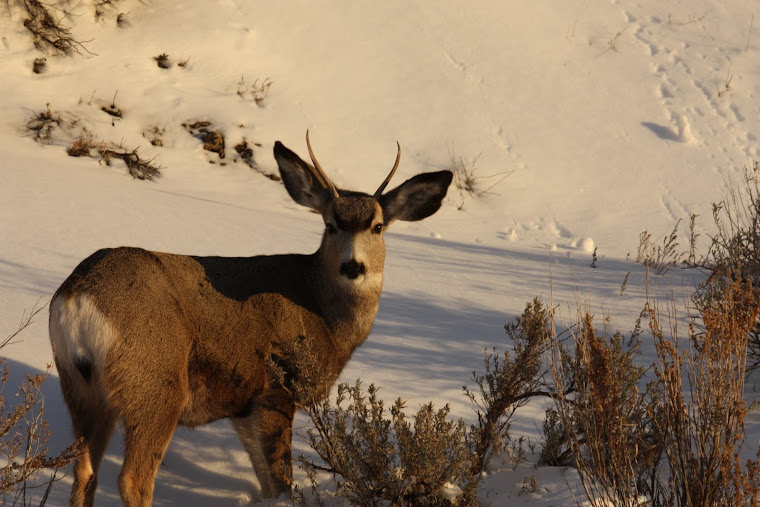




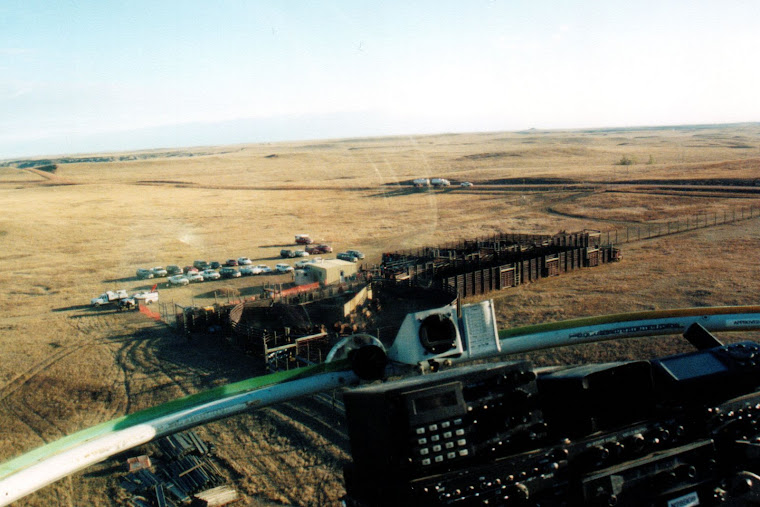
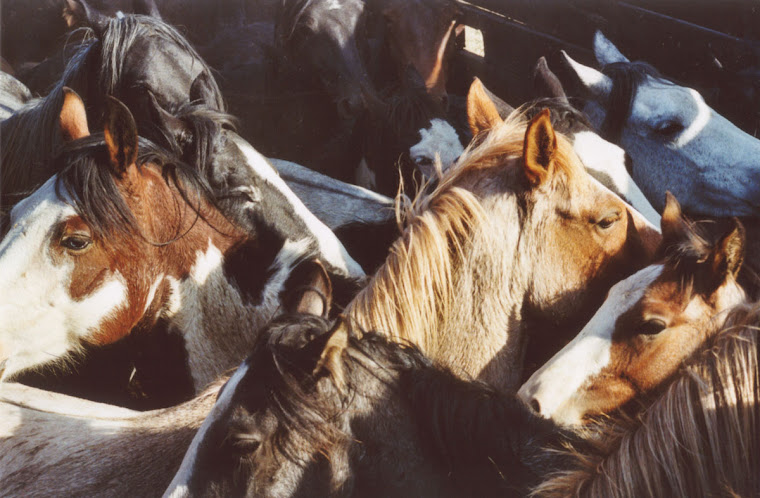
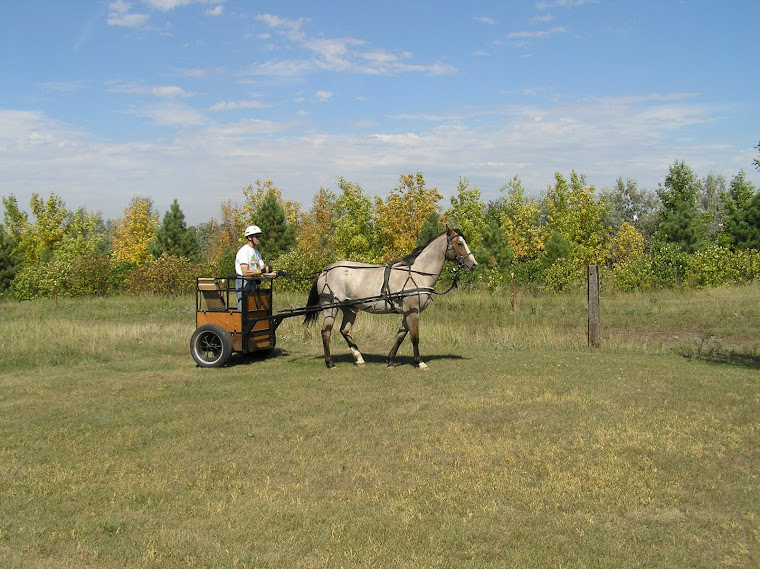
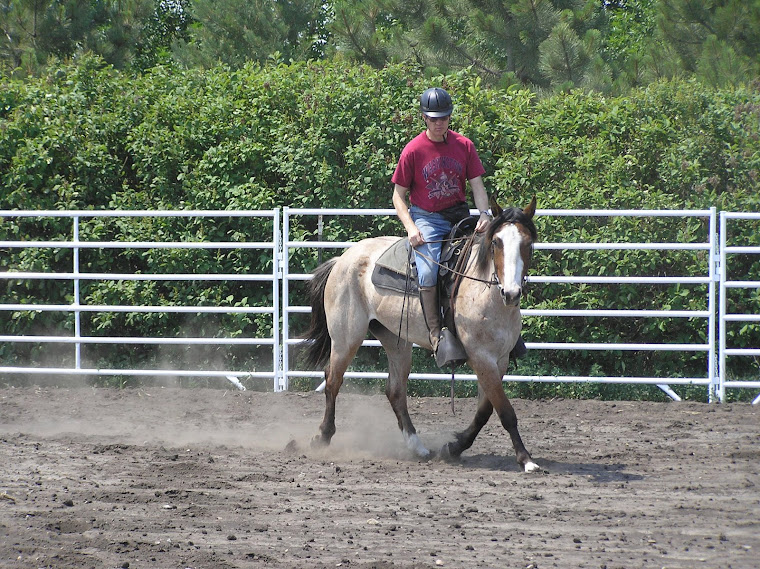

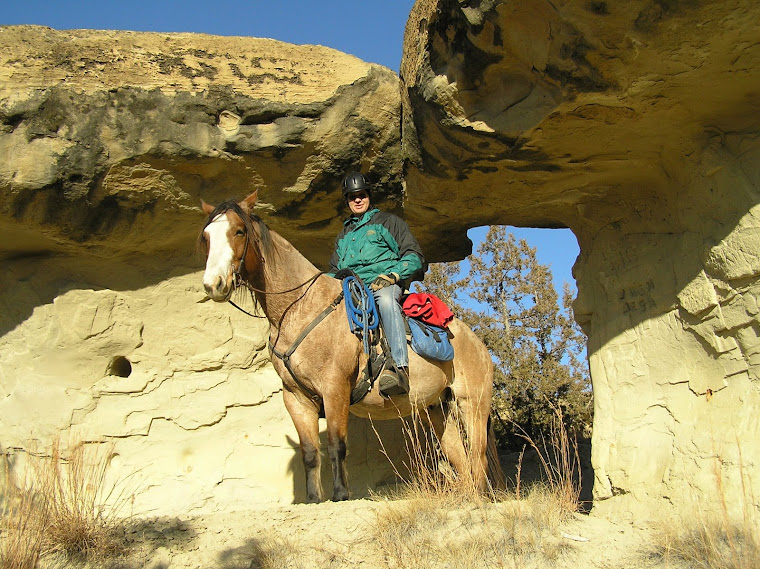



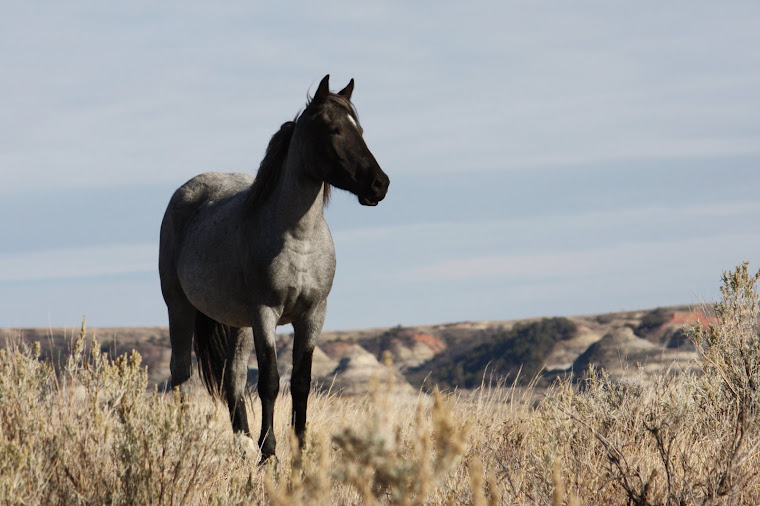


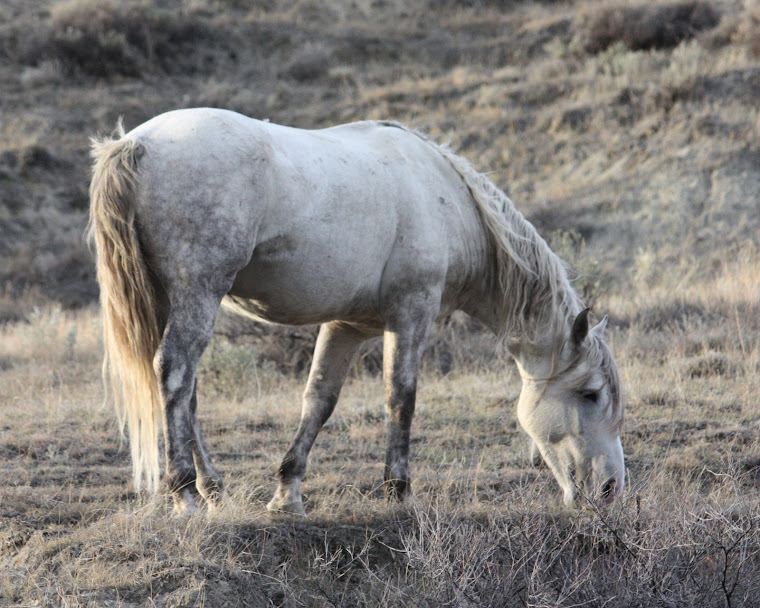
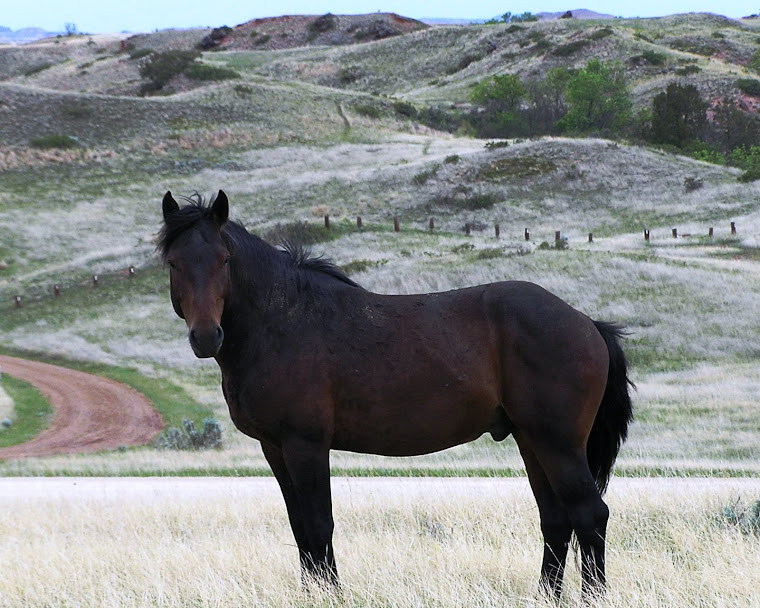

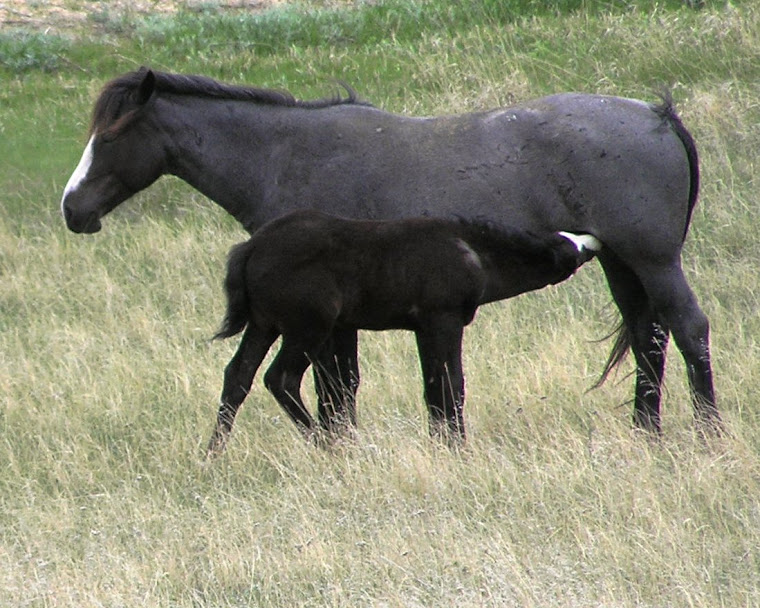

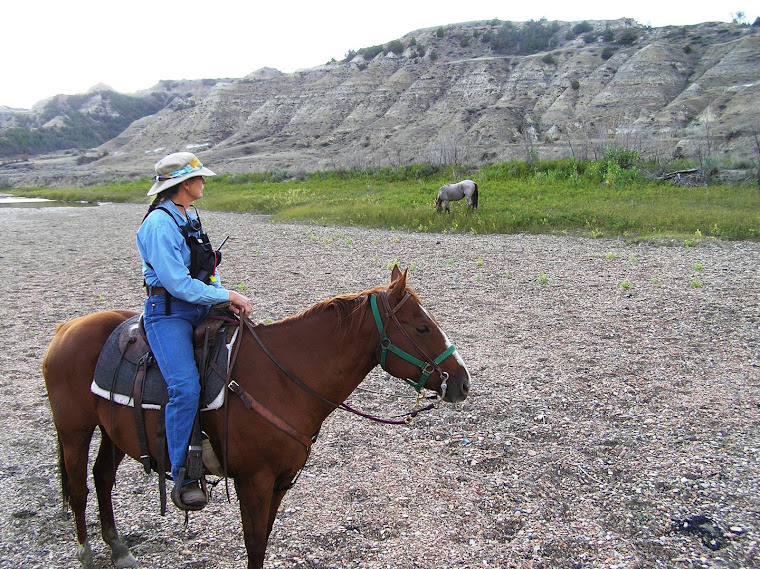
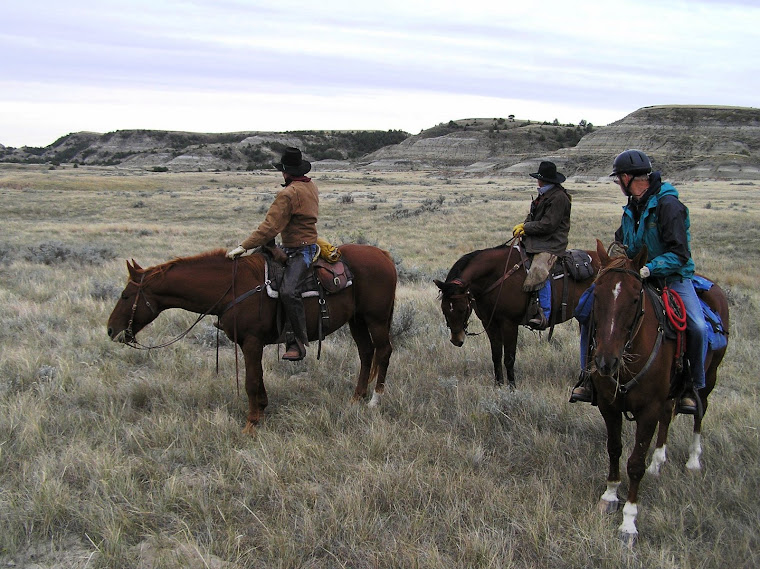
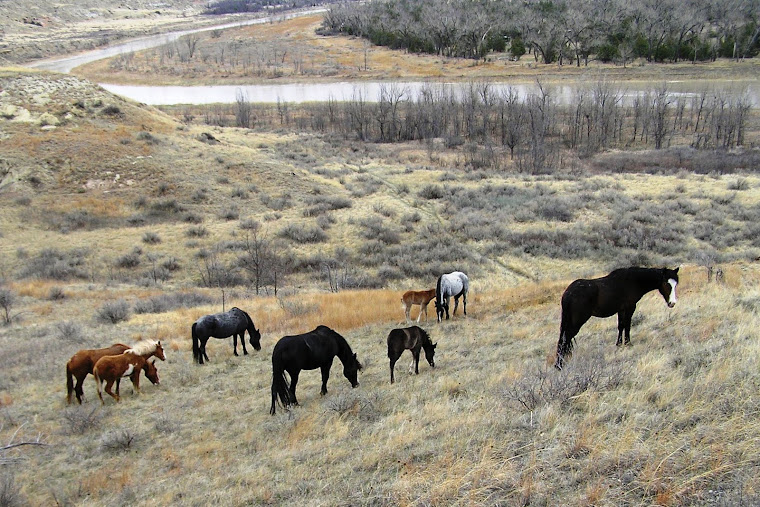
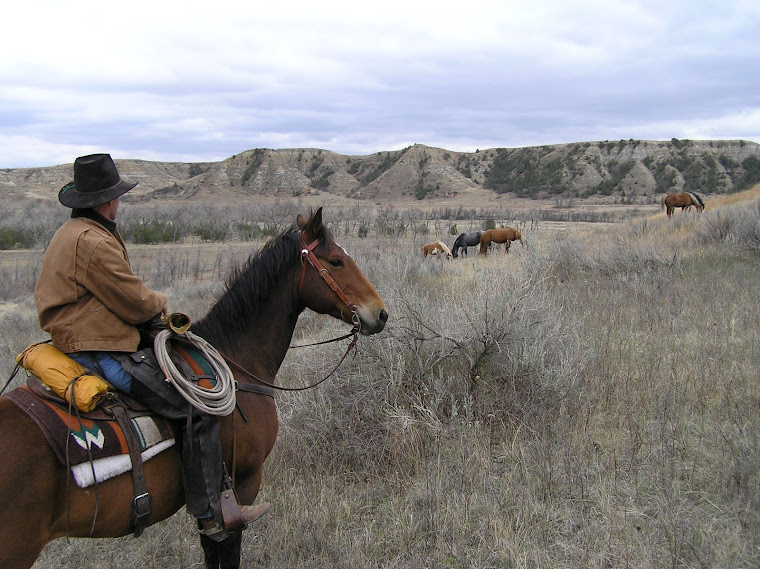

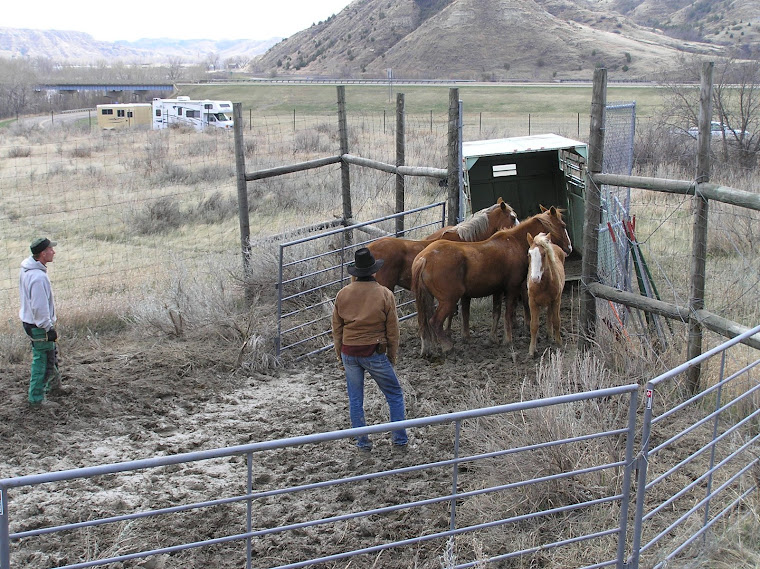
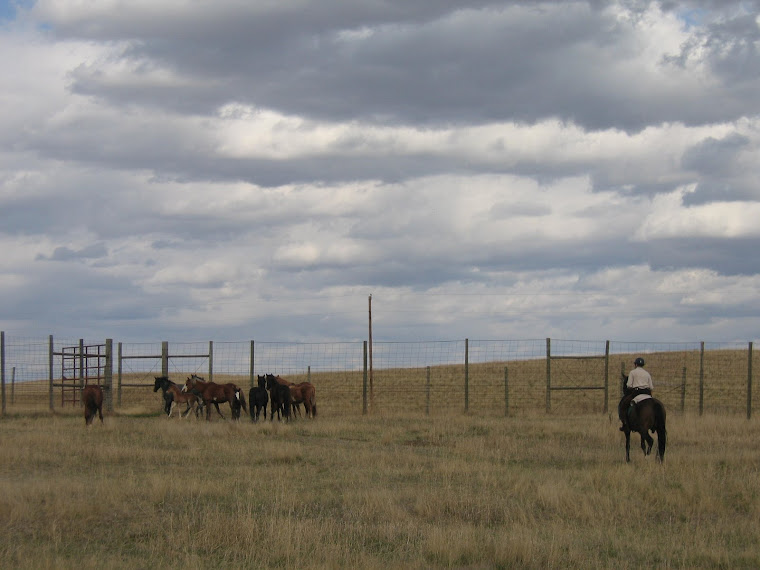
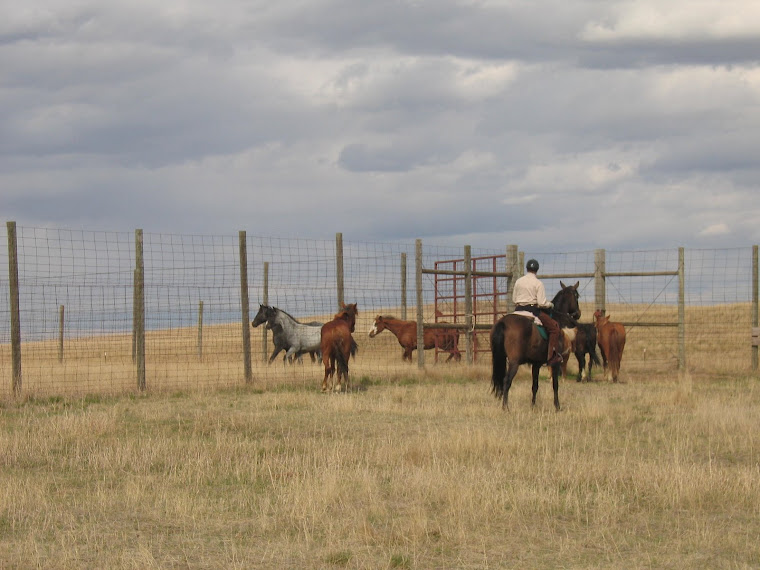
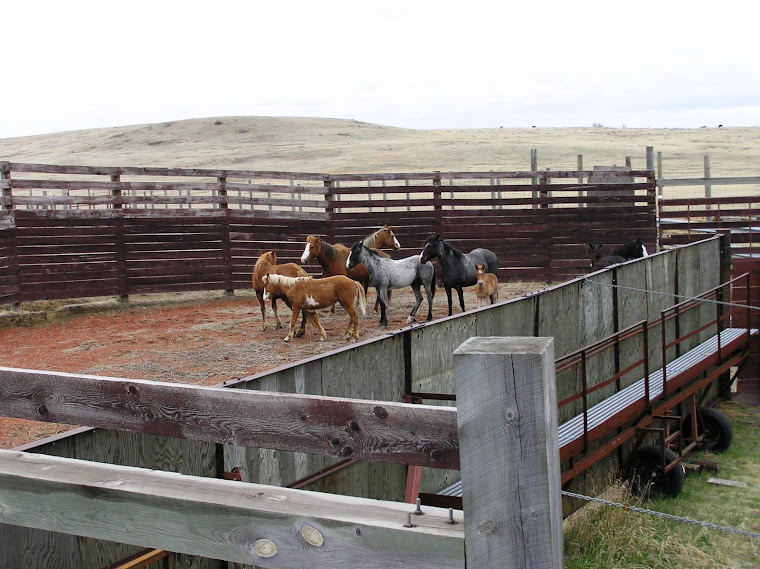


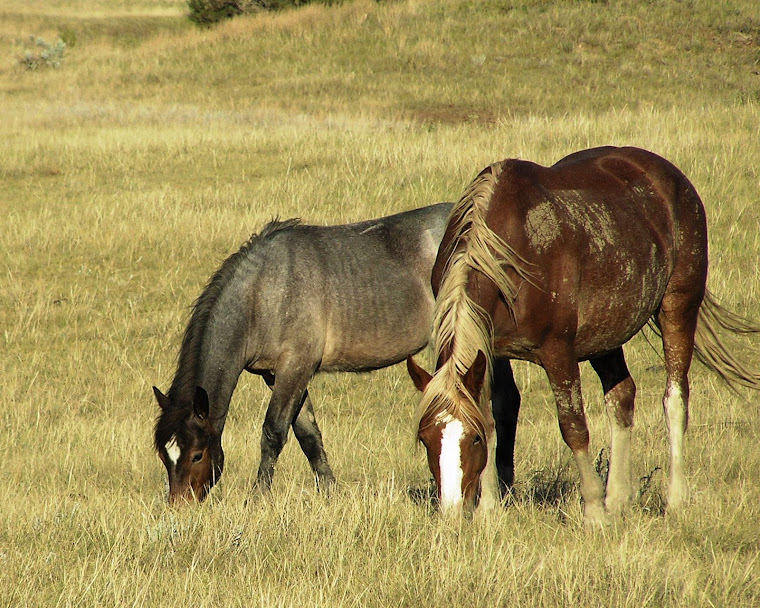

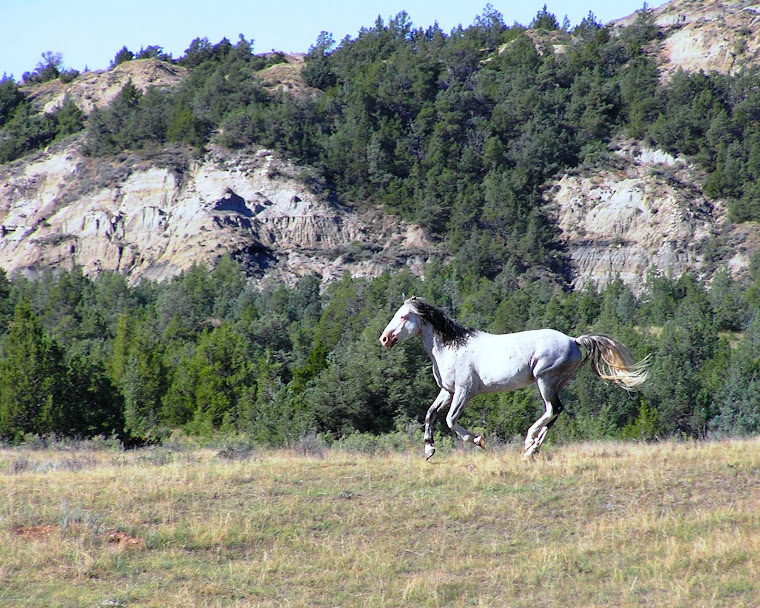
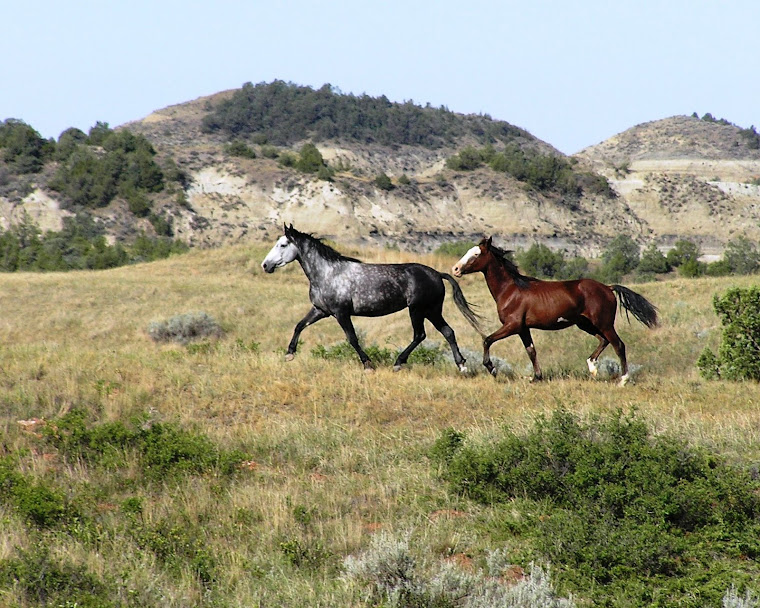
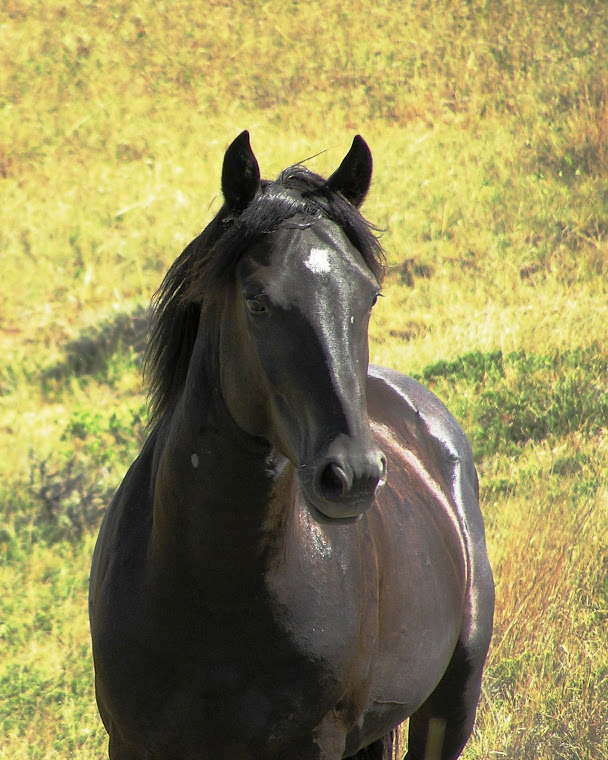

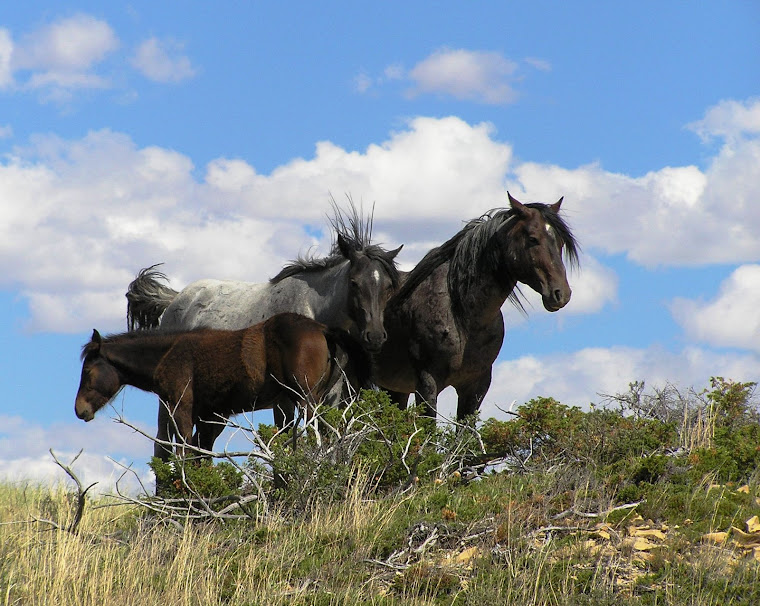



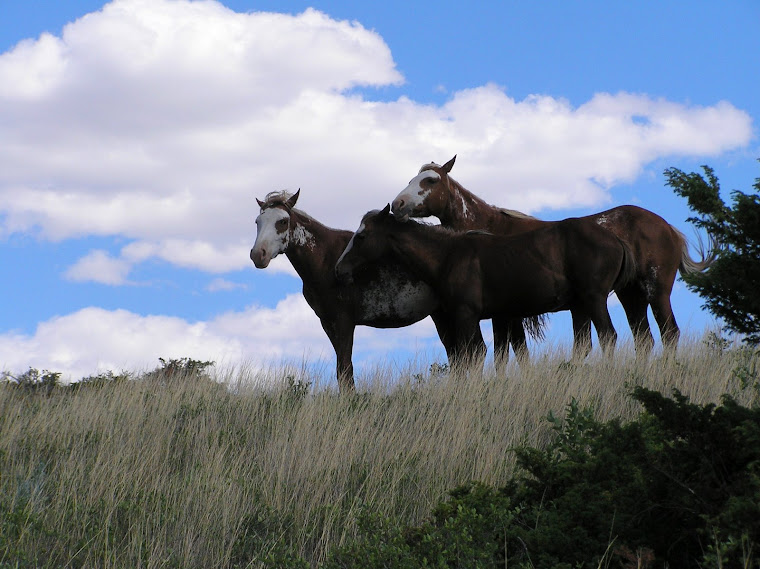


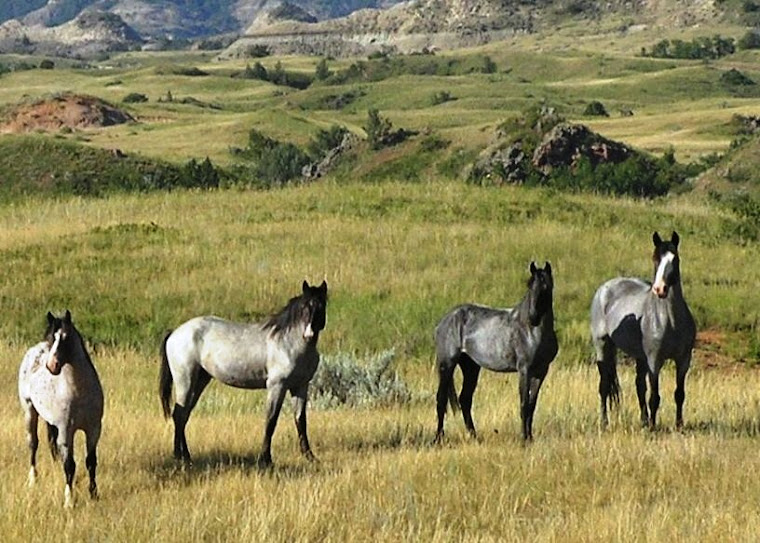
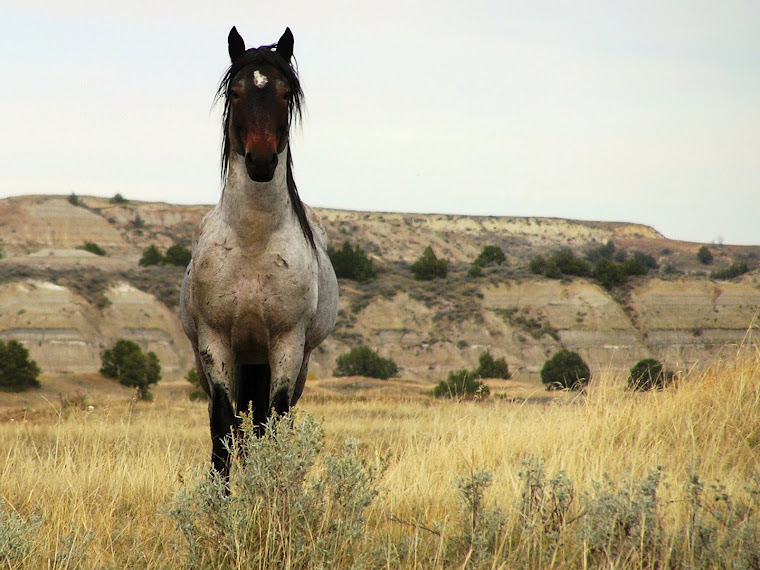
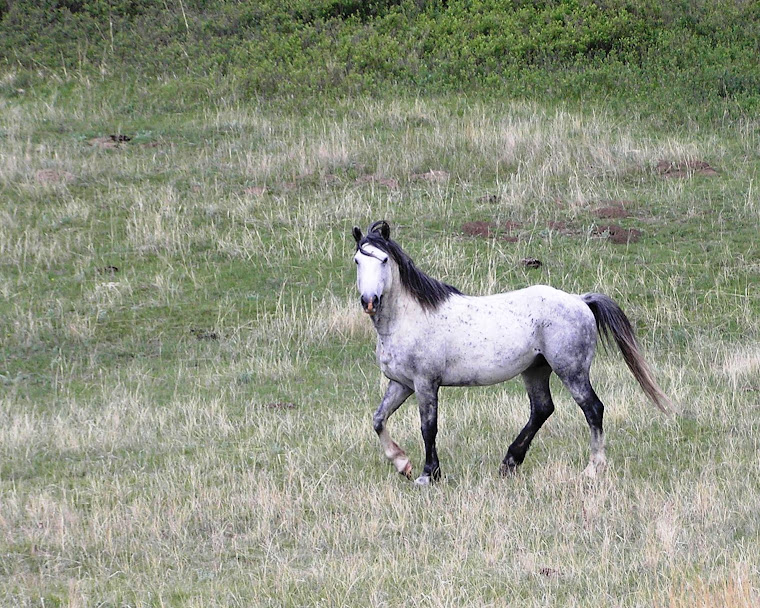

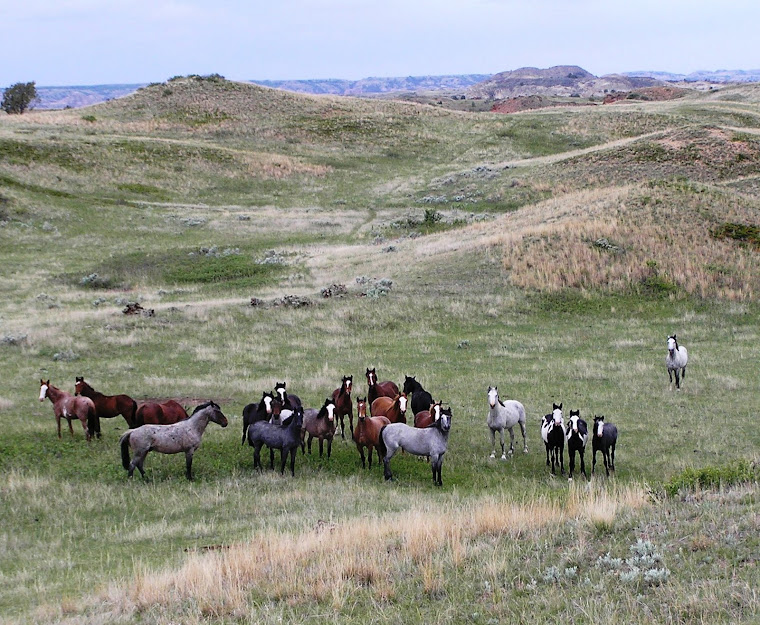
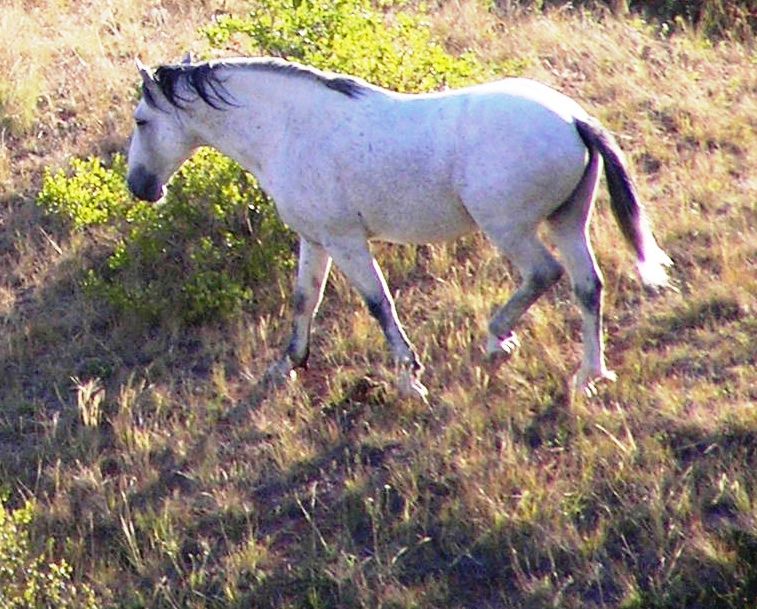
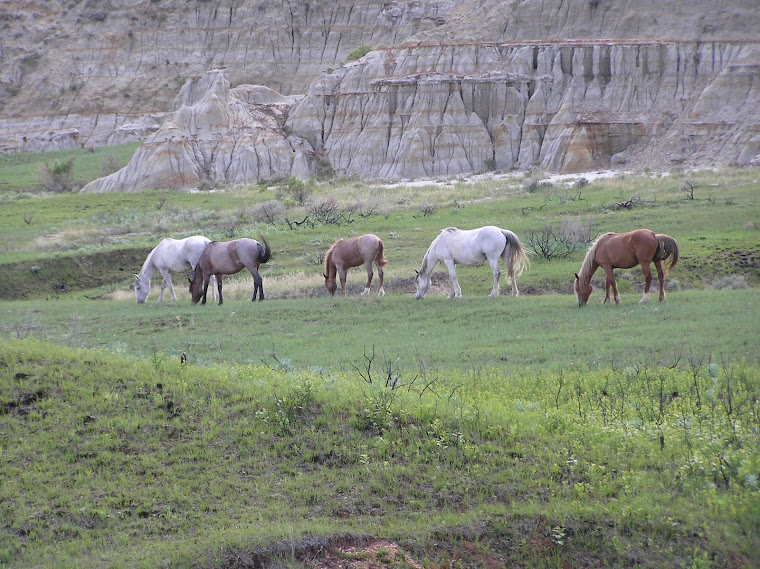
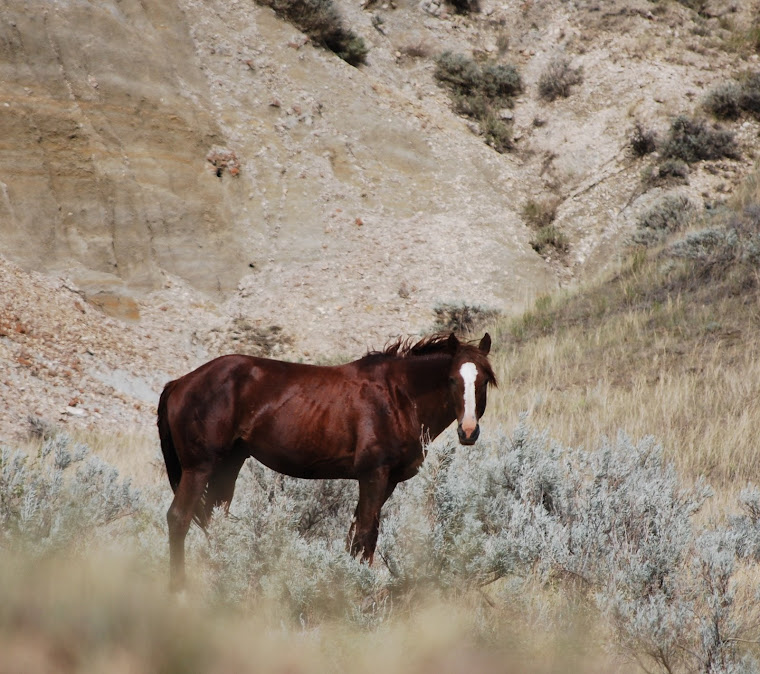

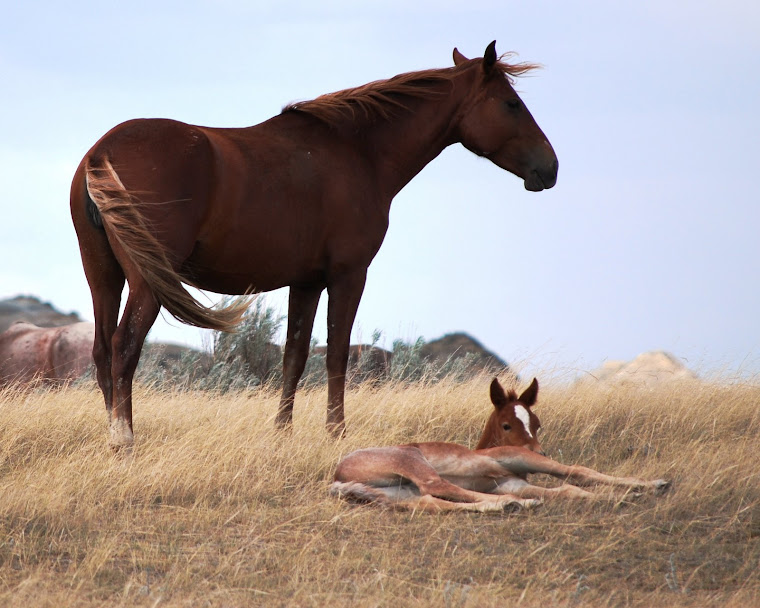
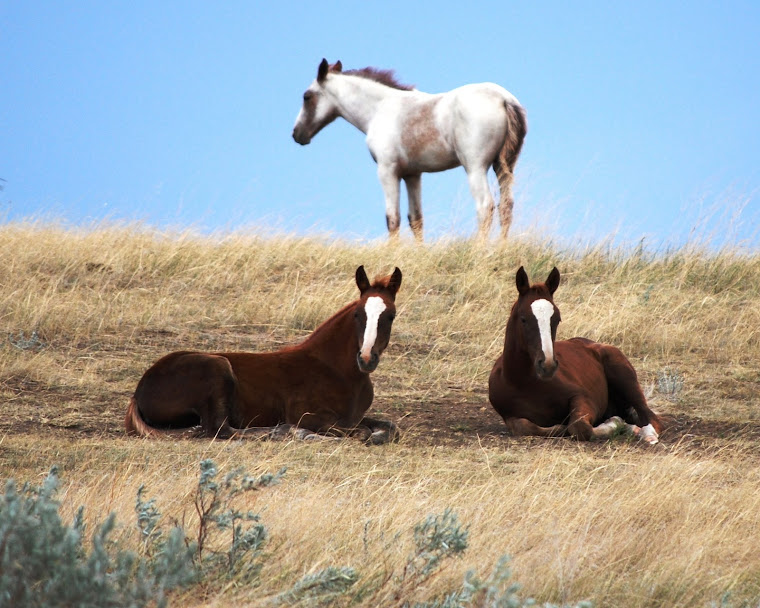
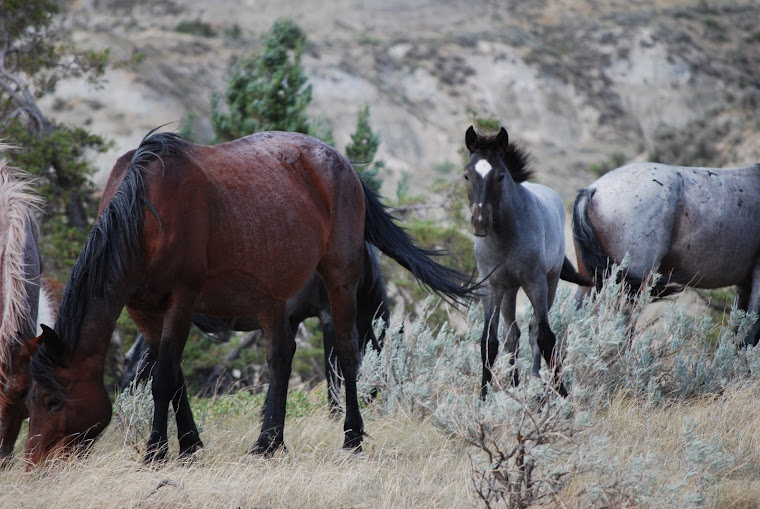

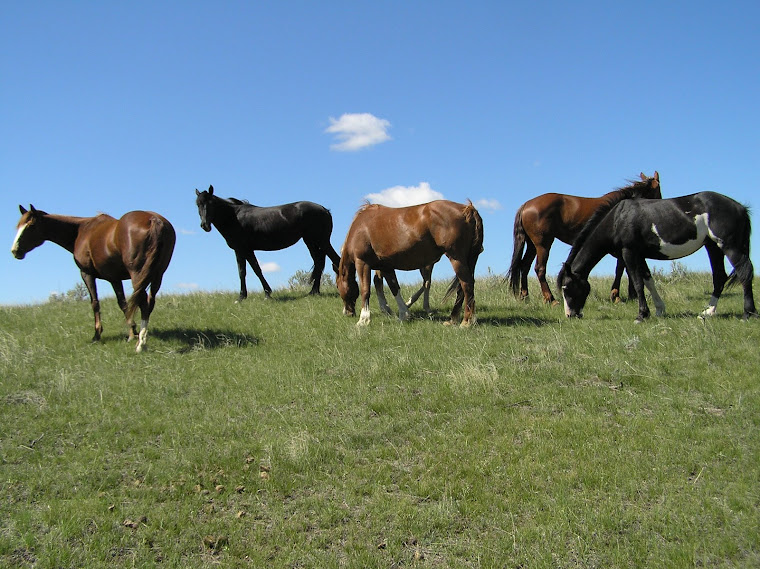
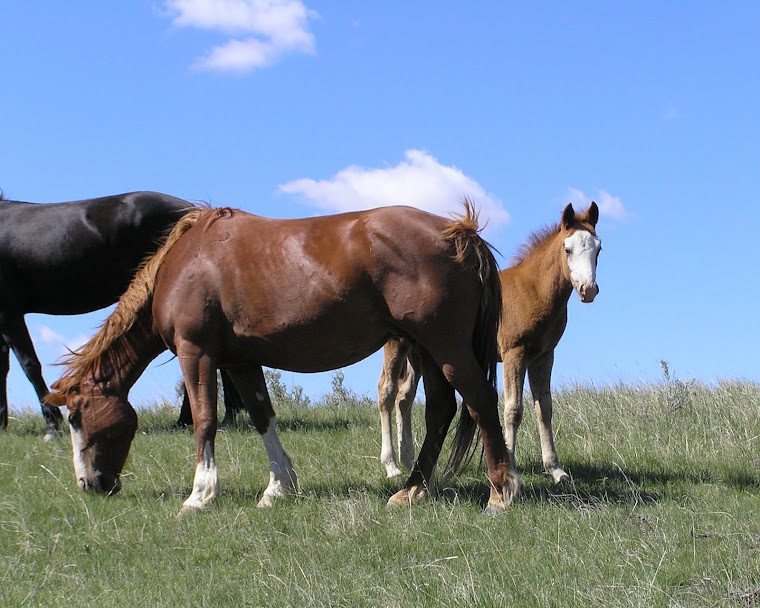

No comments:
Post a Comment